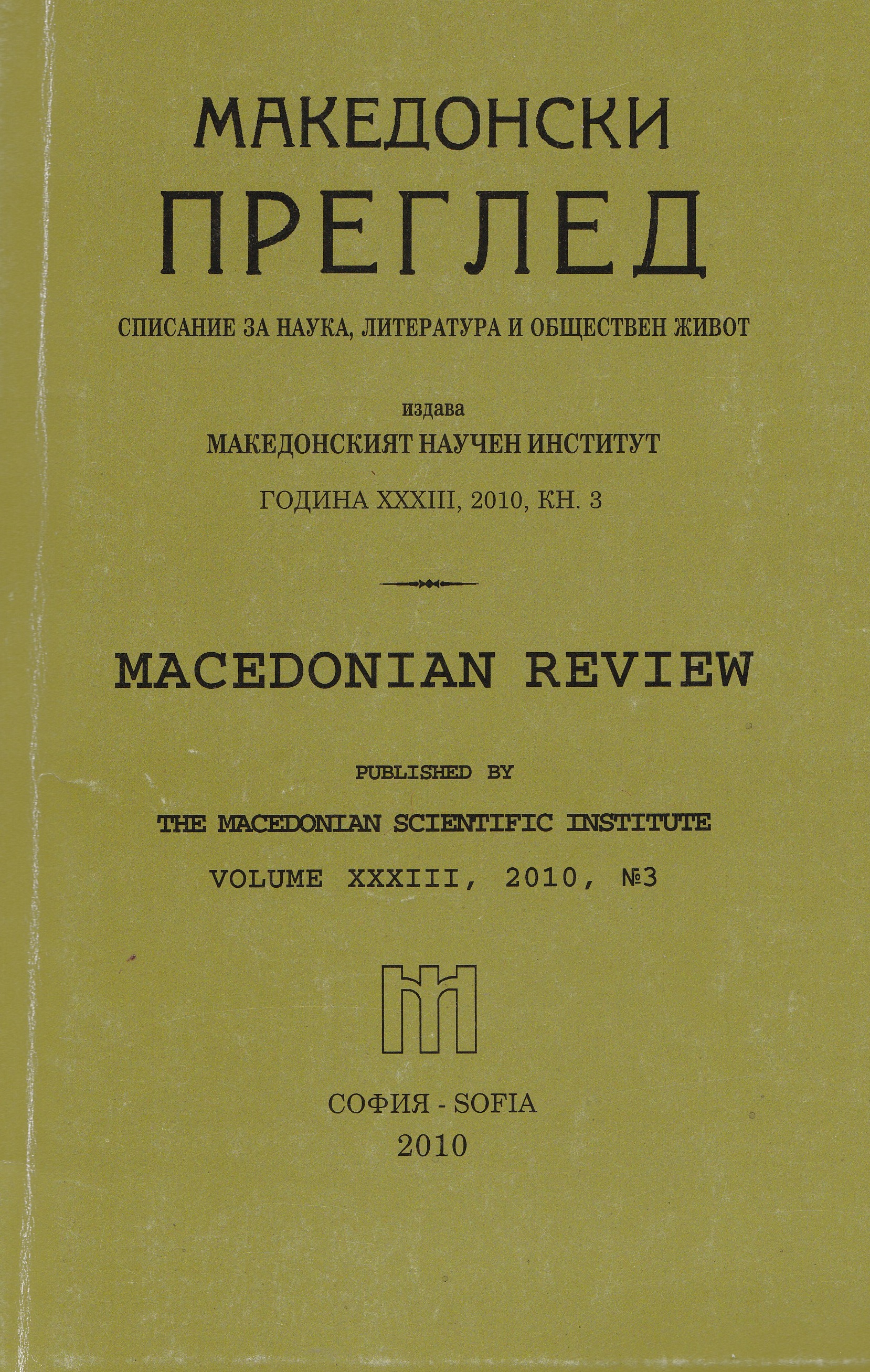
We kindly inform you that, as long as the subject affiliation of our 300.000+ articles is in progress, you might get unsufficient or no results on your third level or second level search. In this case, please broaden your search criteria.

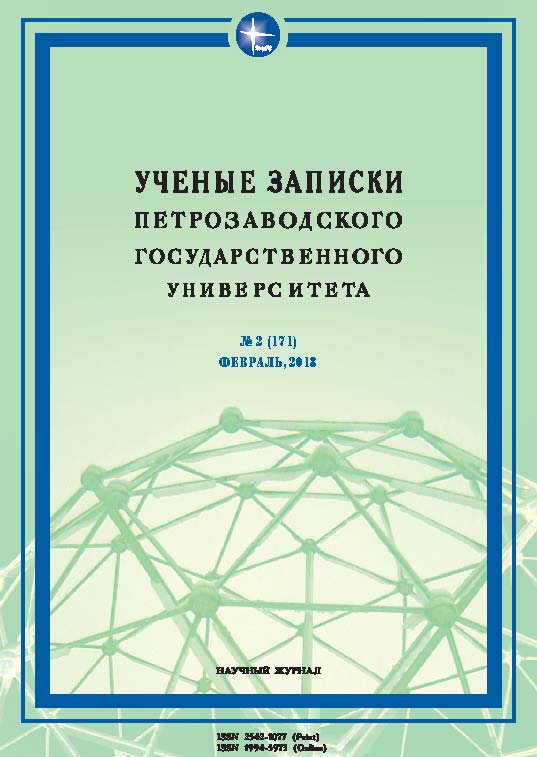
The article is concerned with the problems of ontological models’ formation and semantic networks’ development in socio-historical studies. The presentation is based on the experience of creating an ontological base of knowledge for the history museum of PetrSU. It also includes data on the neurobiological and linguistic research. The data on the history of the University’s construction brigades are selected as a pilot material of the ontological knowledge base described in the article. The author notes the advantages and difficulties of the information systems’ development based on the ontological models. Special attention is paid to the need of their development, including the use of museum services for visitors. Among them is the so-called user profile, on the basis of which the museum information is provided and ranked. The article describes the procedure of renewing the museum’s information system presented at the virtual exhibition. The renewal can be conducted by means of mobile applications containing new information. The new additional information comes from visitors’ mobile applications. The author concludes that it is possible to use a semantic-ontological approach for the storage and renewal of information in the museum information system and for the study of historical memory.
More...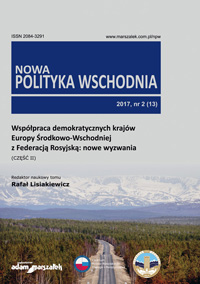
One of the basic instruments in the implementation of an anti-Polish nation policy was an unprecedented on such a scale forced displacement of population. In the case of Moscow, it was a reference to the tsarist policy of mixing the peoples of the empire. It has been systematically implemented since the days of Tsar Ivan the Terrible (1530–1584), and under Joseph Stalin’s rule, it has grown into the official ethnicity policy of the Soviet state. The extermination policy of the Soviet Union was aimed at full unification of the looted territories with the rest of the Soviet empire. It was realized through physical liquidation of Polish intelligentsia, officials of Polish state administration, police and army. Already on September 18th, right after the invasion of Poland, several thousand Poles were shot by Soviet soldiers and military police; without a trial. Forced deportations, public executions, mass murders and concentration camps are a common feature of both murderous systems: Nazism and Stalinism. Except for the gas chambers, all methods of destroying humans were already earlier applied in the East (since November 1917), and later in Nazi Germany (since January 1933). The only difference was that from June 22, 1941, Stalin was counting on emergence of a territorially unspecified Polish state, which Hitler had never planned.Poland as the only member of the Allied side in World War II was shifted territorial (and reduced by 100 thousand sq. Km compared to August 31, 1939) and forced to exchange population, and became a satellite of the Soviet Union for 45- year – all at the request of Moscow.
More...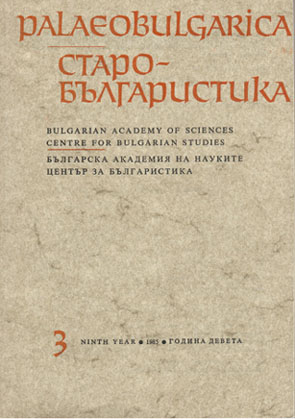

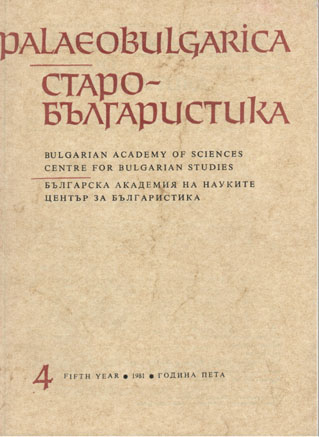
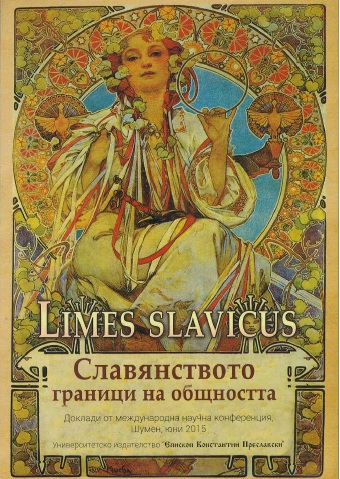
The Renaissance is that period of our history when the idea of time is changing. It is not a constant anymore. The Bulgarians want change. More like an outside expression of change. Because the inside change is already there. The moral and the moral priorities are changing. The nation is being born and it’s being emancipated. The first corpus (of compilation texts by Paisius, Yeromonah Spiridon and the anonymous compiler of the Zographian history) is a particular mythocompiler. “Slavonic-Bulgarian history” represents St. Methodius as khan Boris’s spiritual teacher. This is a mythology that “legitimizes” past events. The reborning nation is rewriting its history hard, while at least leaving one real event in it and builds the fable around it. St. Methodius is referred to as the direct baptiser of the Bulgarians in the bigger part of the works of the modern Bulgarian historiographers of the 19th century. This can lead us to the indisputable conclusion that, to our Renaissance historiographers until the Liberation, the future liberation (Bulgaria is under Turkish rule) relies on the authority of Cyril and Methodius and the pride of their great deed.
More...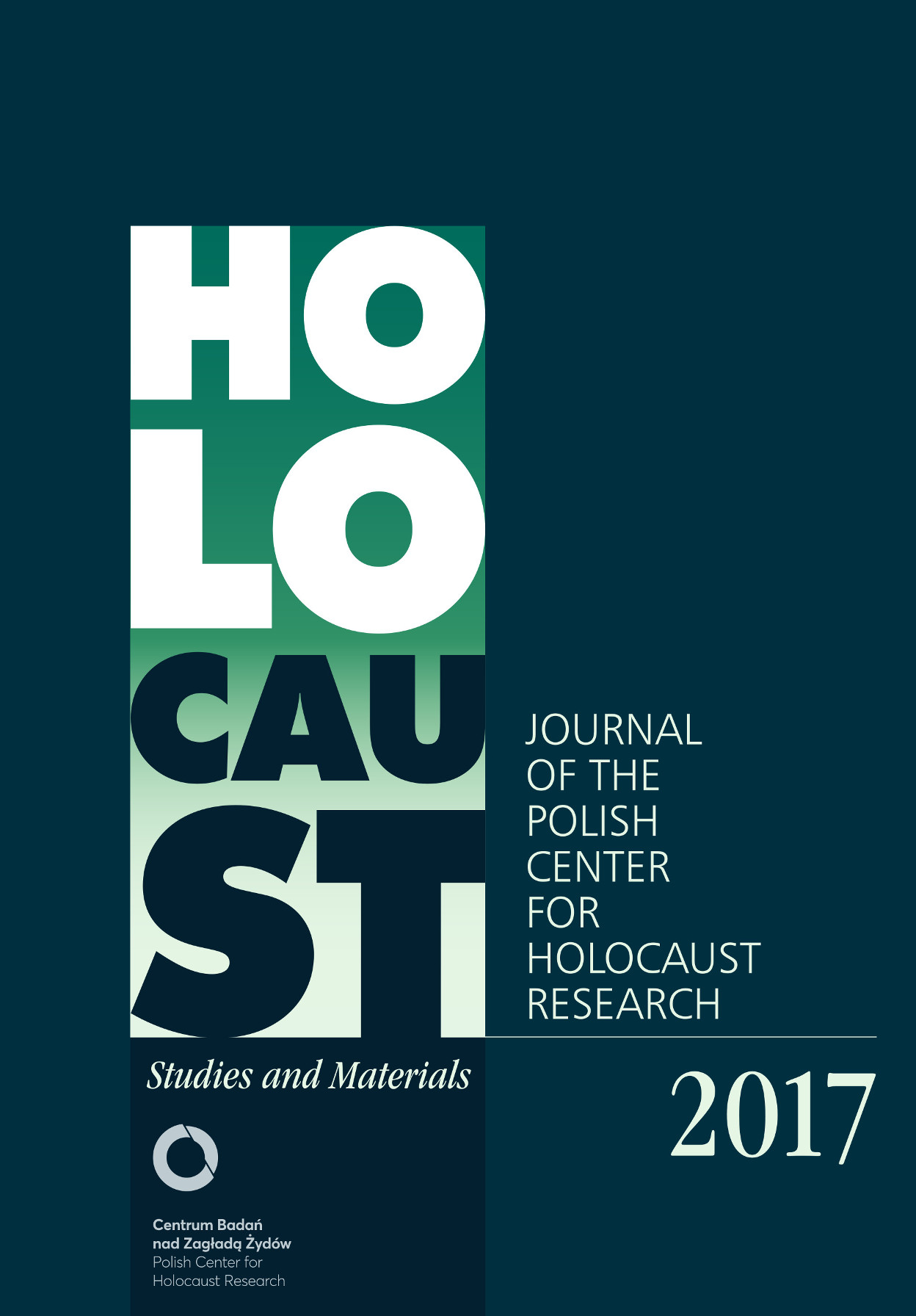
looting of works of art in the General Government, Jewish antique shops and artistic salons in Kraków after 1939, occupation period art trade, murder of professors in Lvov, Schöngarth’s Einsatzgruppe zur besonderen Verwendung, Dutch Nazi, corruption in the German party apparatus and in the Security Police in the General Government, pursuit of Nazi criminals, post-war trials of perpetrators.
More...
This article discusses the armed anti-Jewish violence and the events connected with it, which occurred in the Polish Tatra Highlands (southern Poland) during1945–1947. The number of Jewish victims exceeded thirty, including children from Jewish orphanages. Among the perpetrators of those acts of terror were partisans from the group commanded by Józef Kuraś ‘Ogień’ – one of the most important symbols of anti-communist resistance. This article is a results of several years of research and is based on highly diverse sources. Its main purpose is to recreate those events, with particular attention given to the victims of those acts of violence.
More...
This article is an attempt to analyse the historical memory of Witold Pilecki functioning in the reference literature and collective consciousness. The author concentrates on their idealising and simplistic elements, which lead to mythologization of Pilecki, and asks about the genesis and purpose of creation of myths about the Captain. Basing on an analysis of the sources, Cuber questions the legitimacy of the two popular expressions used with regard to Pilecki, that is, “volunteer to Auschwitz” and “the author of the first report about the Holocaust.” In this way the author points out the necessity to correct and supplement Pilecki’s biography by means of a careful and cautious analysis of all the available sources.
More...
The intensification of the study of historical culture contributes to the formation of new problem fields and the search for new study sources. The use of historiographical source studies methods for investigating historical consciousness has shown the information potential of educational essays (reports) on historical topics. This draws attention to biographies (autobiographies) of external students, presented for passing the gymnasium maturity tests (final examinations). It reveals the image of everyday historical thinking in the autobiography of an external student A. F. Diesperov (1903). Applying source studies methods to the conditions for creating the autobiography enabled to classify it as a record keeping document. The use of historical concepts, not prescribed by documentary norms, in the process of the external student’s self-determination is regarded as a phenomenon of ordinary historical thinking. The student’s use of the concepts “historical point of view” and “historical perspective”, as well as the ideas about different modes of time were his usual way of thinking. The set of historical concepts recorded in the autobiography presents a reliable image of the author’s historical thinking. It leads to the suggestion that the significance of external students’ autobiographies in the corpus of sources for studying the historical culture of modern times is determined by the combination of characteristics specific to record keeping documents and sources of personal origin, which makes it possible to reasonably separate reasoning activity from the imitating practices.Key words: university applicants, external students, maturity tests, record keeping documents, autobiography, historiographical source studies, everyday historical thinking, fragmentarity of memory, historical point of view, historical perspective
More...
Fr. Jakub Falkowski (1775–1848) sees a profoundly deaf person as someone who has been createdby God, gifted with special dignity and called to eternal life. A profoundly deaf person is not void ofreason and feelings. They are able to develop intellectually and morally. A profoundly deaf person canlearn to share their thoughts and feelings, and in this way enter into a profound relationship with peopleand God himself. He or she is open to God. The Christian faith supports them in taking on difficulttasks and overcoming difficulties connected to disability. Work plays an important role in the life ofdeaf people. Thanks to it they are able to make their living, be independent, contribute to their homeland,help others, develop their skills and experience joy. From the very beginning of the establishmentof Falkowski’s Institute a profoundly deaf person could develop their talents in an extraordinary waywithin a supportive environment.
More...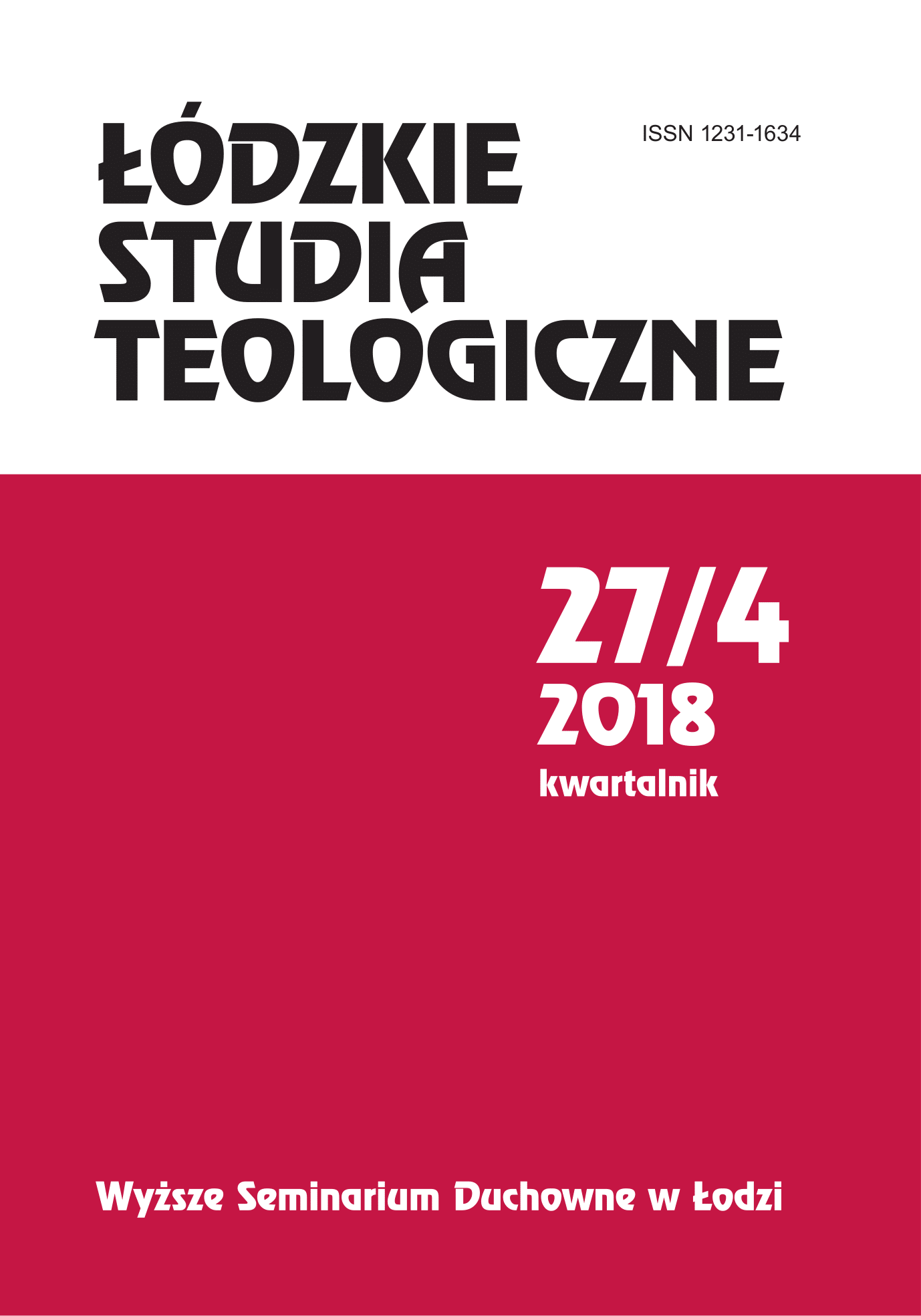
The scientific purpose of the article “Polish cemeteries in Siberia in the 19th–20th centuries” is to present the history of Polish necropolises in this region. The main reason of the emergence of such necropolises is moving of Poles to the Asian part of the Russian Empire. The first separate cemeteries were founded at the initiative of the Catholic Church which was active in large centers of Siberia such as Irkutsk, Yekaterinburg and Tomsk at the beginning of the 19th century. At those Catholic cemeteries were buried the representatives of German, Lithuanian and other European nationalities, but the number of Polish burials averaged about 90%. The towns which had no separate Catholic cemeteries allocated special parts of common cemeteries to bury Catholics. The first research on this topic was done by Agaton Giller. It was entitled “Polish tombs in Irkutsk” and published in Cracow in 1864. Periodically this topic was mentioned in different articles published in magazines of interwar Poland. In the Russian Empire representatives of other nationalities and denominations were allowed to make burials in separate cemeteries. But during the Soviet period such cemeteries were systematically destroyed, especially the ones which were situated in the city boundary. The exceptions were the burials considered to be worthwhile by the Soviet authorities, for example the tombs of revolutionists and Decembrists. Such burials were transferred to city squares and walkways. With the destruction of Catholic necropolises there was a simultaneous closure of Catholic churches and other cultural institutions. For example the Catholic necropolises of Tomsk and Irkutsk were destroyed irretrievably. Nowadays Polish burial sectors are saved in cemeteries of Perm, Tobolsk and Krasnoyarsk. Individual tombs are also situated in cemeteries of Ufa, Minusinsk and Novosibirsk. The burials made during the Second World War are to be classified as a separate group. Basically, these are the tombs of deported citizens from the eastern regions of Poland. In the southern Ural and the Volga region there are military cemeteries of soldiers and officers of General Vladislav Anders’ Army. Polish rural cemeteries also form a separate group. A well-preserved cemetery of the Despotzinovka village in the Omsk region is especially noteworthy because it represents a typical Polish cemetery. Nowadays representatives of the Polish Diaspora and Funds united in the Congress of Poles in Russia, take care of the majority of those necropolises.
More...
The article presents reflections on the role of Polish language competitions in shaping appropriate language competence and increasing linguistic awareness among their participants (mostly Polishyouth). Below you will find selected Polish language competitions in Belarus. For the sake of clarity, the contests were organized in a thematic way. Each contest is discussed in terms of language skills thatare needed to achieve the best possible result. When discussing the issue, attention was also paid to the relevance of the competitions. Competitions have also been discussed in terms of promoting moral attitudes because in this way contests facilitate linguistic and national self-awareness of the participant.
More...
This article focuses on the press discourse analysis concerning education and Polish school system in Belarus which took place in the period 2015–2017 in “Głos znad Niemna na uchodźstwie” (“A voice from the Neman River in Exile”) weekly. The situation of Poles as Polish people living abroad in the contemporary Belarus seems to be complicated. On one hand, they form big percentage of the society in Belarus, but on the other hand, a significant part of them has a difficulty to preserve Polish identity. Polish press in Belarus plays a vital role in the process of creation and development of national awareness. “Głos znad Niemna na uchodźstwie” weekly issued as the press organ of the Union of Poles in Belarus has been playing such a vital role for years. The discourse analysis has proved to be particularly helpful concerning some problematic issues of ethnic and national minorities. One should highlight the fact that the public discourse is used both for the formation and reinforcement of the national identity. We analyzed six selected papers concerning the education and Polish school system in Belarus in “Głos znad Niemna na uchodźstwie” weekly. We observed what topics concerning Polish education in Belarus are highlighted in the press, what the discourse construction is, types of used vocabulary and structures, what changes in readers’ behavior and mentality are obtained.
More...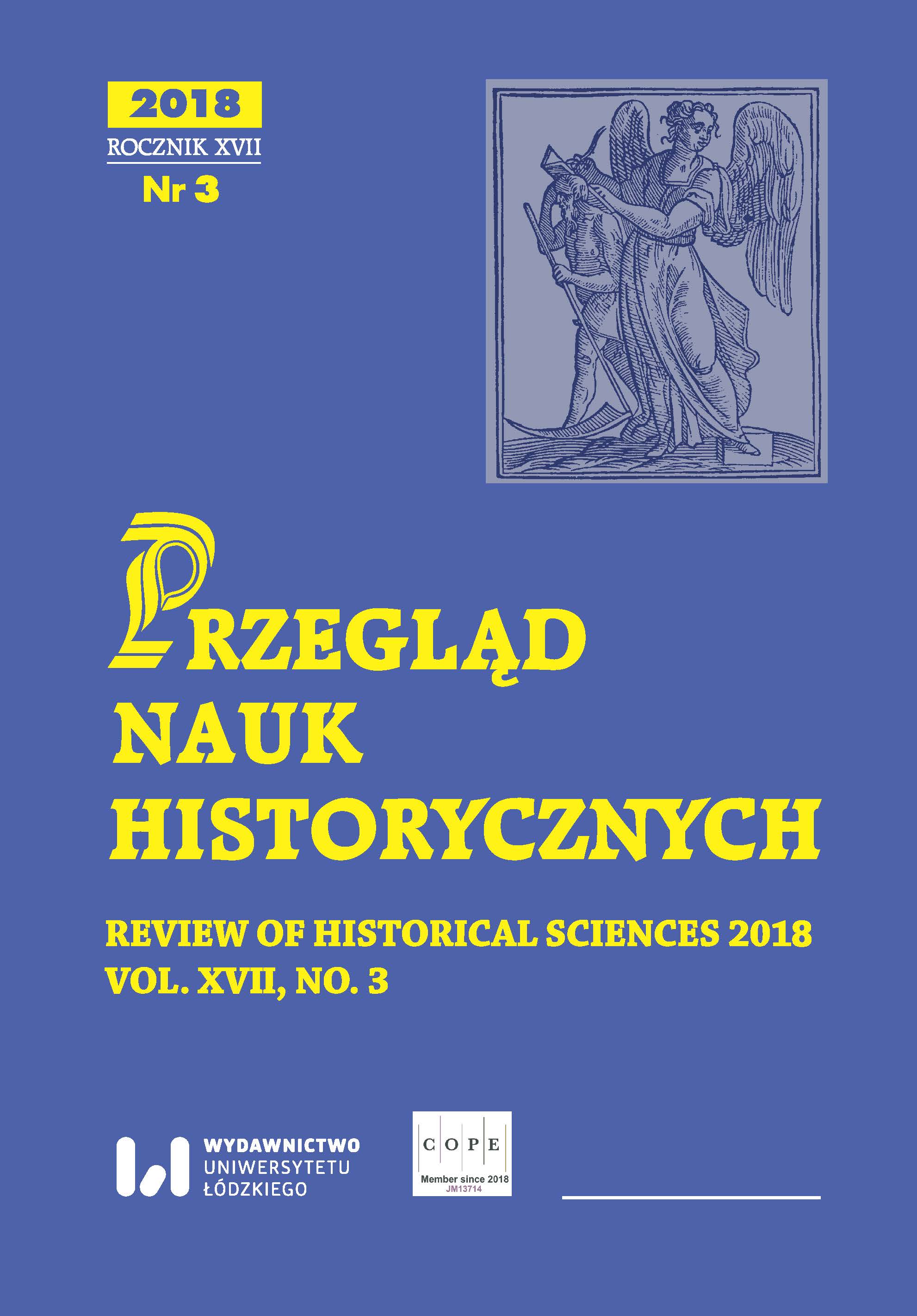
The History of Stupidity in Poland. The historiographic pamphlets [Dzieje głupoty w Polsce. Pamflety dziejopisarskie] was the most important publication by Aleksander Bocheński. The book was also one of the most representative reflections on the post-war trend of political realism in Poland. The journalistic reaction to the first edition of the book in the forties of the 20th century proved that the theses included in it were highly unpopular. The author’s criticism of insurrection trends in Polish politics met with opposition from Marxists as well as non-party intellectuals, both at home and abroad. Although motives of Bocheński’s concepts were usually understood, they were rejected as they served communists, were contrary to Marxist doctrine or had no moral foundations. Those opinions constitute an important contribution to the views of Polish intelligentsia on political realism at the beginnings of the Polish People’s Republic.
More...

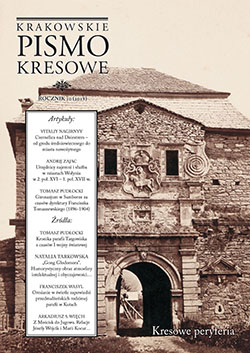
In The Targowiska Parish Chronicle the local parish priest, Rev. Mateusz Sos, gives an account of all that he thought was worth noting down in a given year; all that happened in the parish, the neighbourhood, the diocese and in the world. What the reader finds in the Chronicle are such issues as: the pastoral duties during the marching of troops through town, the ups and downs of celebrating liturgy, destruction of church property and peasants’ farms, visits to the parish (especially of priests), locals’ attitude and response to particular events, important documents (e.g. announcements issued by military, religious, and civil authorities), requisitions, plunders (mainly by the fighting parties), arsons, murders, epidemics. The author gives a detailed account of the relations with Russian authorities, particularly with the tsar’s army officers stationed in the presbytery, and with the Cossacks. For the purposes of this paper, records from 1914-1918 have been quoted.
More...
The research of Ottoman history started seriously in Japan after the Second World War; and like Middle Eastern-Islamic studies, it is currently conducted at the university departments of Oriental research under the heading disciplines of Oriental history and Middle Eastern-Islamic studies. The historical research on Middle East-Islam indeed began with the Sino-Japanese War of 1937, although the Oriental studies focusing on the history as well as philology of China and Korea date back earlier. Starting in the 1950s and 60s, particularly after World War II, Japanese scholars from the Middle Eastern-Islamic studies came to conduct research in Middle Eastern countries with the financial support of the Japanese state, which led to the increase in the number of scholarly works on Ottoman history and the diversification of research topics. The research of Ottoman history has a non-ignorable influence on the formation of “new” and a more comprehensive understanding of global history in Japan today. By giving details on recent works, this study thus examines the current contours of Ottoman studies in Japan within the developing concept of “new historical approach.”
More...